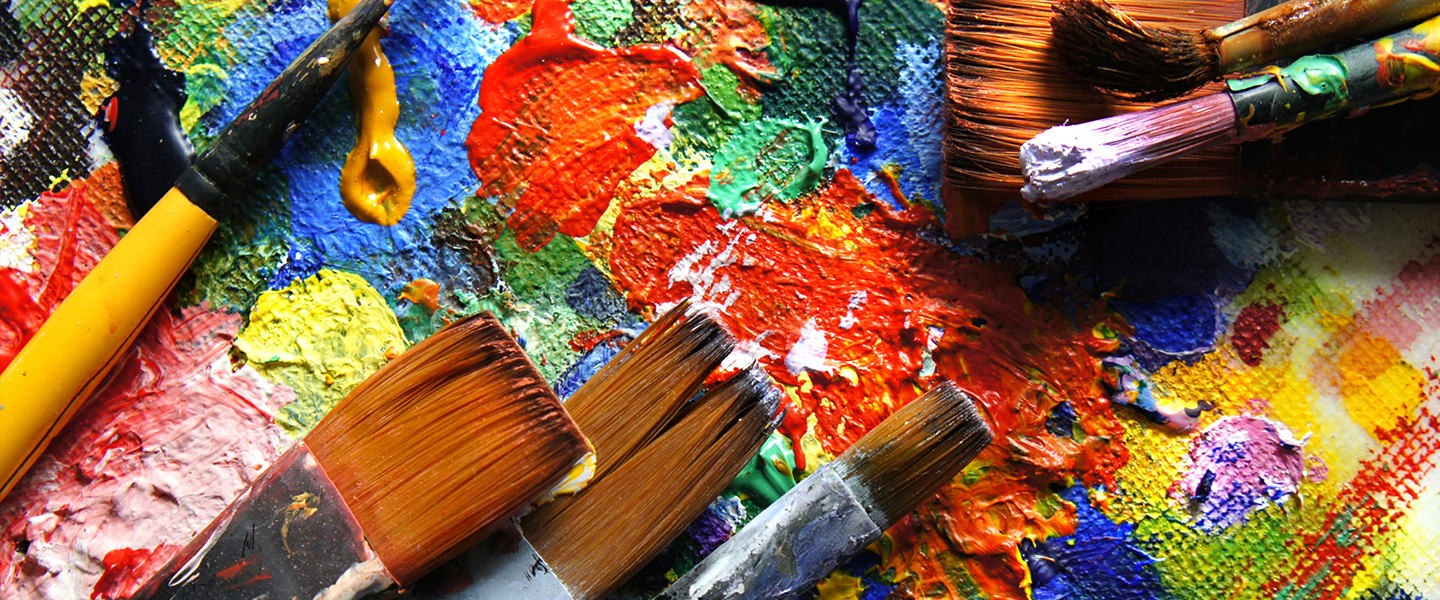
Do people respect an artist more or the school? Do visitors come for the artist or the gallery? Art institutions are all about tradition, custom, philosophy and, of course, the individuals

"Actually I wanted to become a doctor but my parents forced me to do art!" This is how a friend dealt with the oft-repeated question: "Was your family in favour of you studying art?" Humour aside, in our society, generally the elders discourage a youngster (especially boys) from pursuing art, fearing he won’t be able to earn enough to sustain his family. They advise to follow other more respectable and reliable professions like civil service, law, medicine, engineering, business, computer etc.
Most artists in our midst have struggled, resisted, disobeyed, deceived, and fought against their families to choose art. Thus they begin to suspect all institutions -- from home to academy to art administration to market to state. They defy and, if possible, reject these institutions.
An art institution is responsible and instrumental in developing a talented beginner into an accomplished professional. Yet, in most cases, the institution is negated and neglected in order to assume one’s identity as an independent and mature being.
Normally art schools are perceived as meta-human entities, not realising that when one talks about an art college or a university, it is not a structure of bricks and mortar, but a composition of individuals who as a collective represent a certain ideology, approach and system. Each one is part of that institution; yet the institution is not that individual. The institution is about tradition, custom, philosophy -- all that provides power to the name and makes it distinct from other such establishments.
One often hears friendly disputes among faculty of different art schools, arguing on details of education, policy and future of one or other place, wondering if they are pushing their points as independent figures or as institution.
In many instances, the relationship between an individual and institution is a complex one. In Pakistan’s context, artists are identified, recognised and supported or otherwise on the basis of their relation with an art school. Like football fans who either love Manchester United, Liverpool FC, or Real Madrid and hate the rest, we have the same attitude in art world. Taking the analogy of football further, a player is part of a team but he is also known for his own talent. In the same scheme, an artist once associated with an art institute is part of the school, but the school is also proud to have on board a Rashid Rana, an Imran Qureshi or Adeela Suleman.
Many artists here are employed at art institutes. The situation is starkly different in several other countries, particularly India, where hardly any famous artist is associated with an art school (K.G. Subramanyan and Gulam Mohammed Sheikh being two exceptions).
Institutions by their very nature are embodiments of power, of subjugation, of transforming and moulding a young person into a model figure (imagine the structures of Christian seminaries and Muslim madrassas). Thus, many artists have always criticised art institutions. One can cite the names of Shahid Sajjad, Jamil Naqsh and several others who hold the opinion that art institution destroys an individual’s abilities and turns him into a prototype. This is not totally irrelevant because one can spot a young artist’s origin in terms of their school by just looking at their work at an art exhibition.
Art exhibitions are usually held at a gallery, a private business in most cases. So, creative individuals have to deal with the structure of gallery. Soon after being adopted as one of the gallery’s artists, they start questioning its integrity, intent and intellectual capacity. One hears them complaining against a gallery, the behaviour of its director, its outdated approach, lack of vision, discrepancies in dealing with payments, even though they don’t have other options outside the gallery.
We have the National Art Gallery/the Pakistan National Council of the Arts, which is supposed to facilitate artists. This relationship was torn several years ago, and is still not mended despite efforts mainly made by the current management. Because it is not easy to define the parameters of power between a state-run body and a single figure. Likewise, it is difficult to determine a smooth coordination between a private gallery and a practising artist.
Institution, public or private, has a difficulty in defining and devising boundaries. The prime question is of prestige. Do people respect you more or your school? Do visitors come for you or for the gallery? Is a viewer more interested in Waqas Khan or in the museum that shows him?